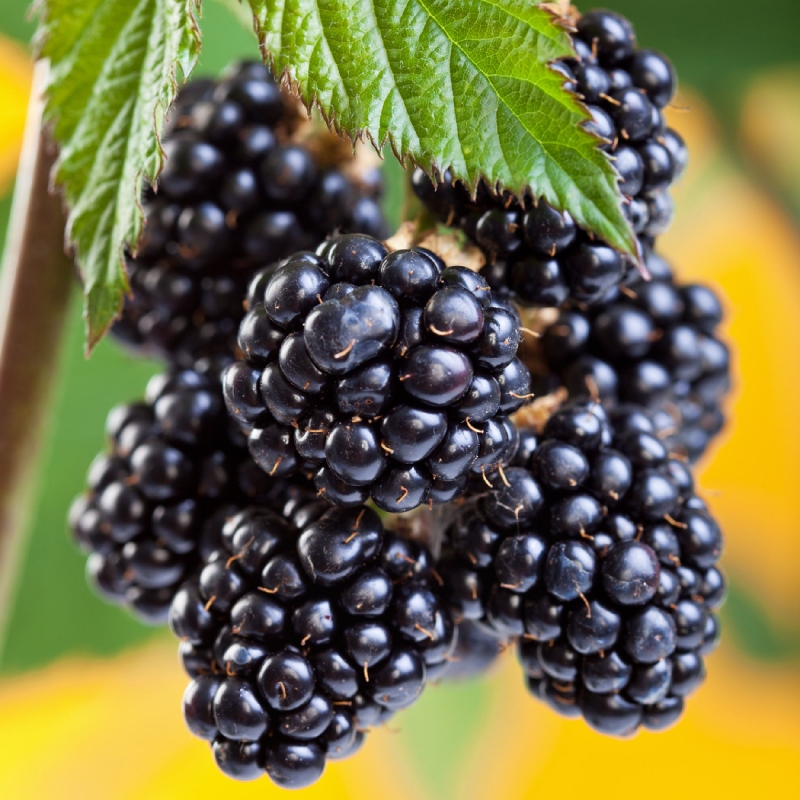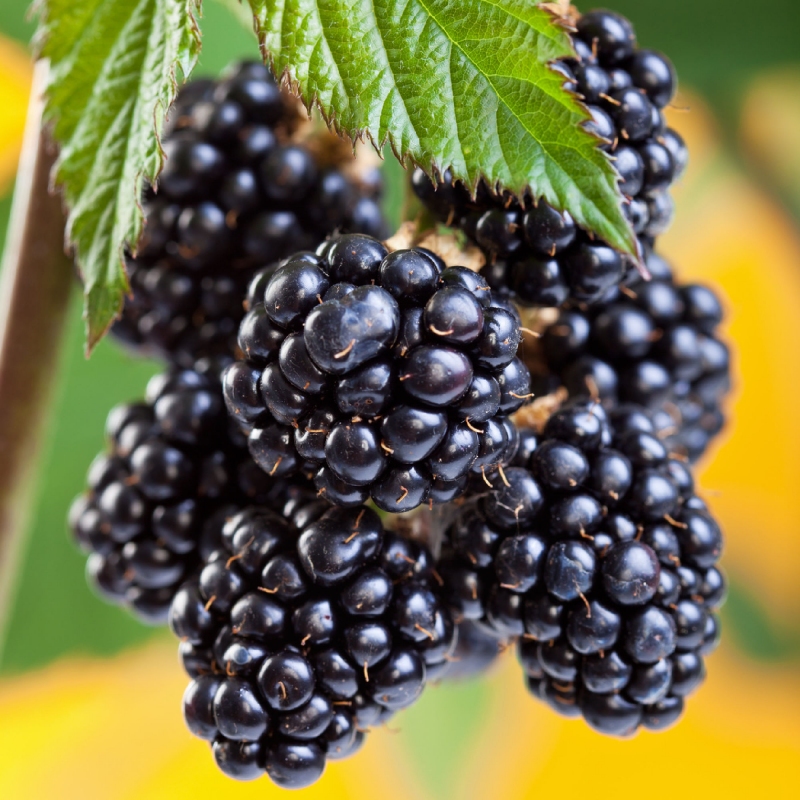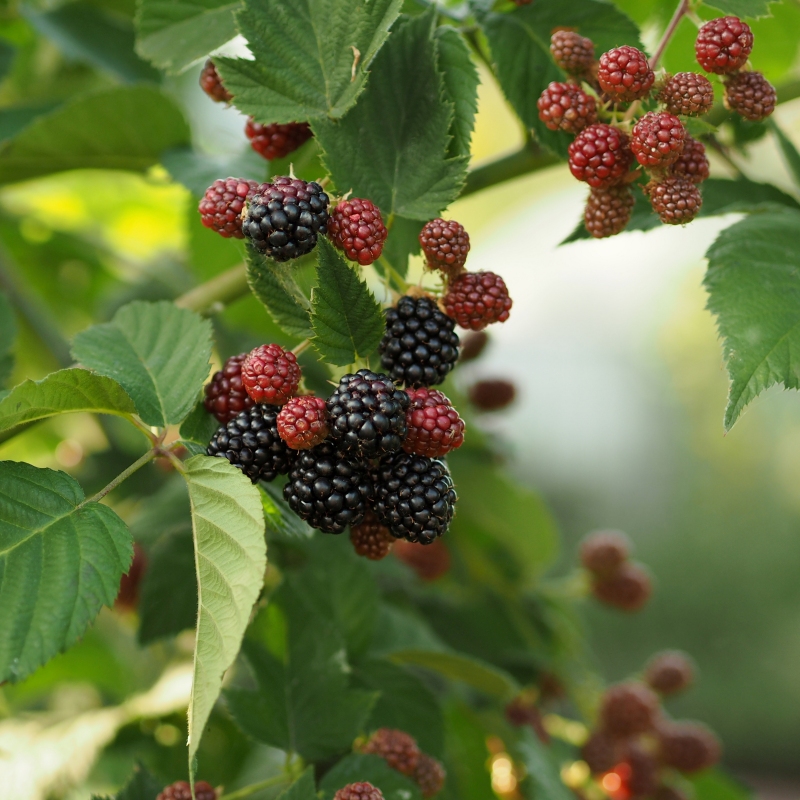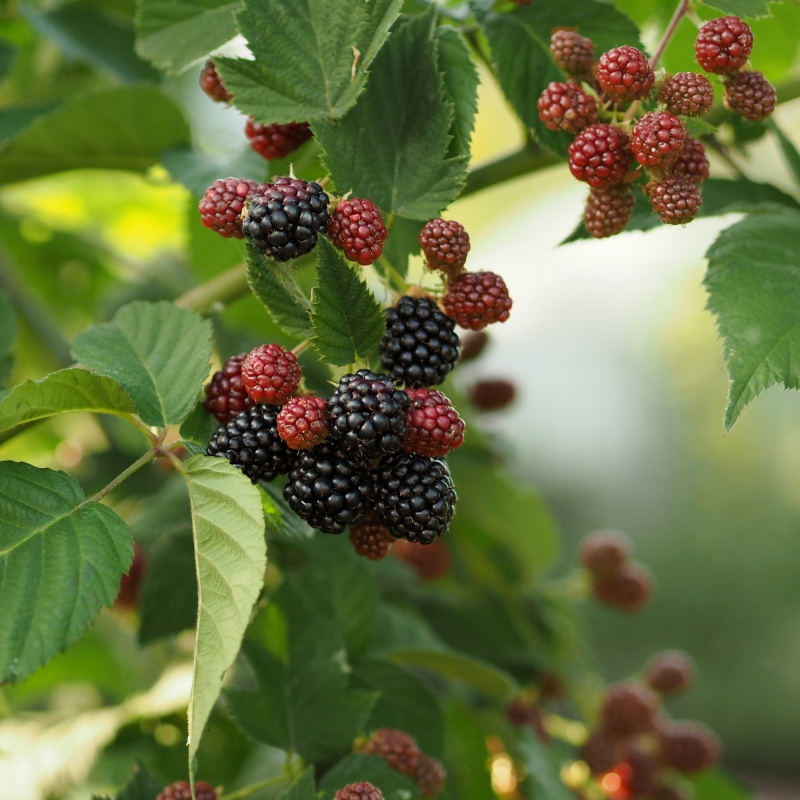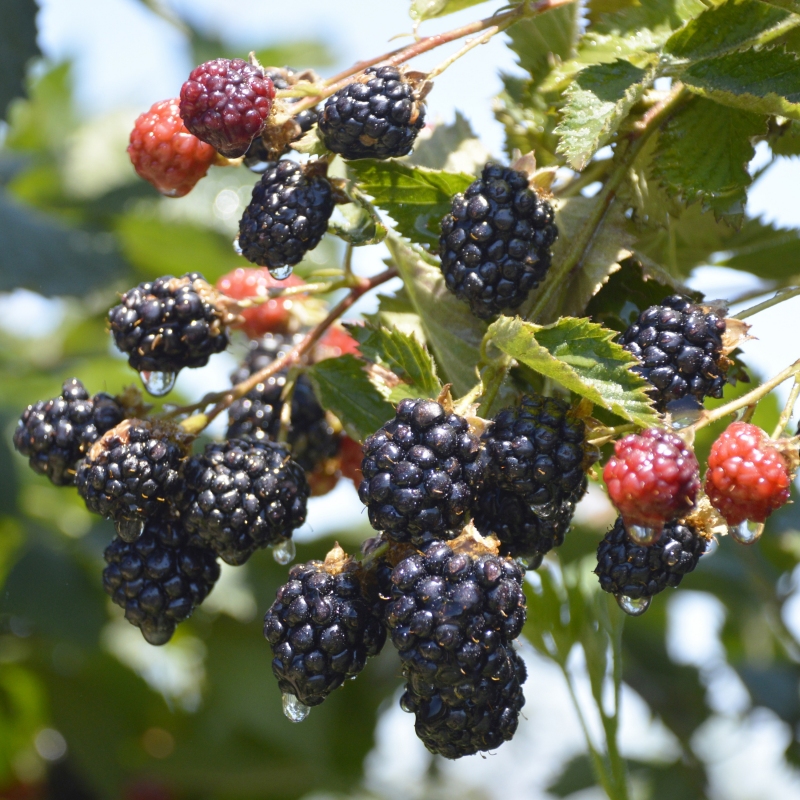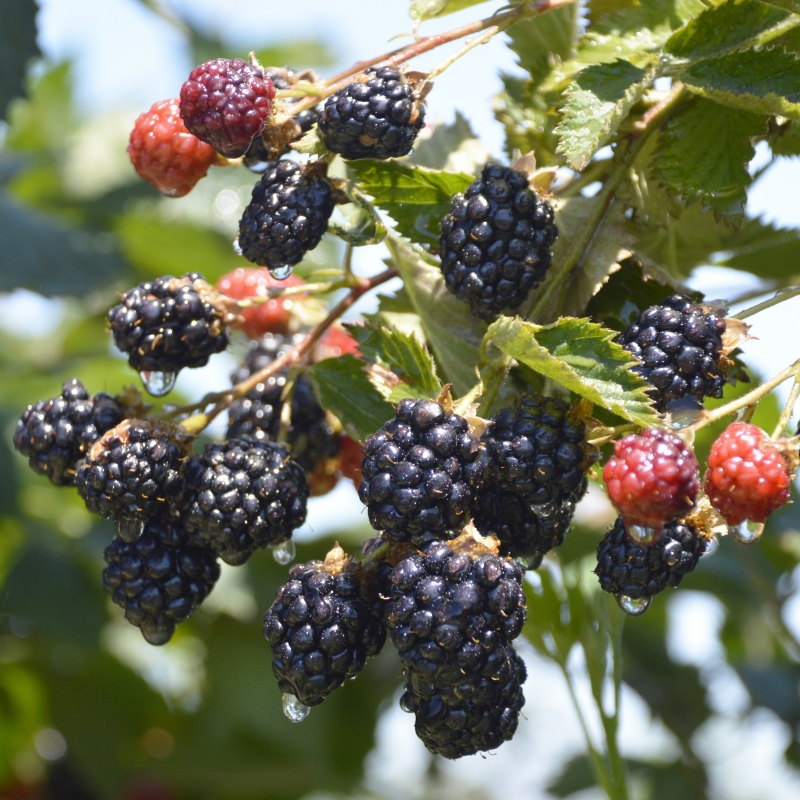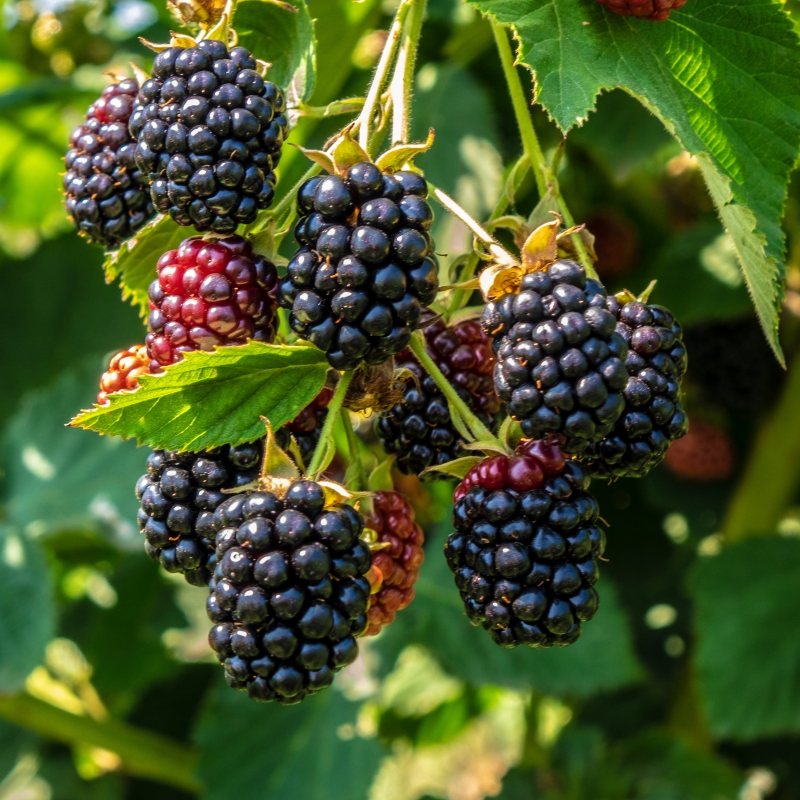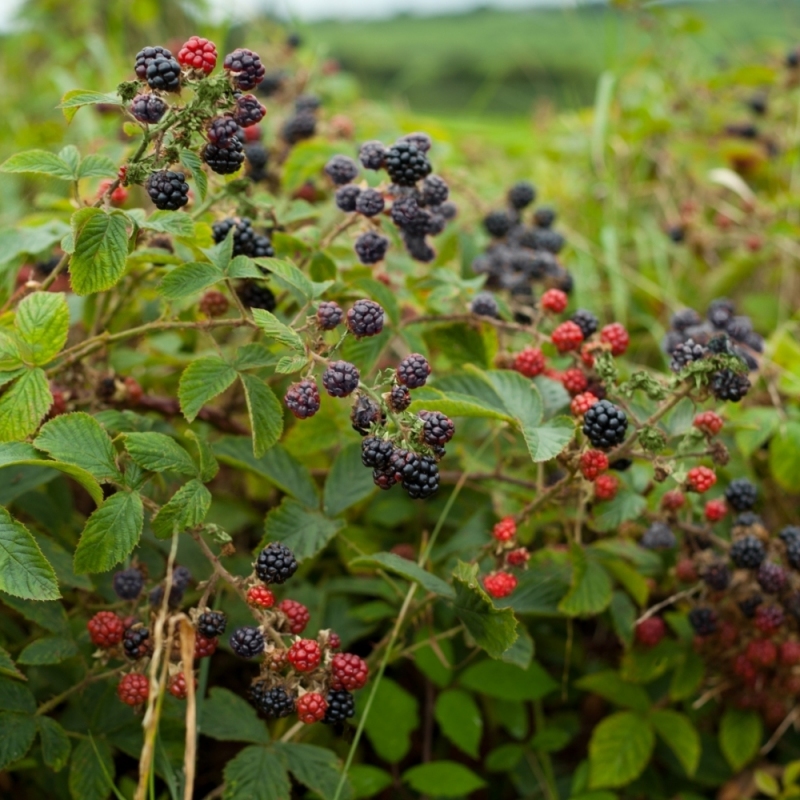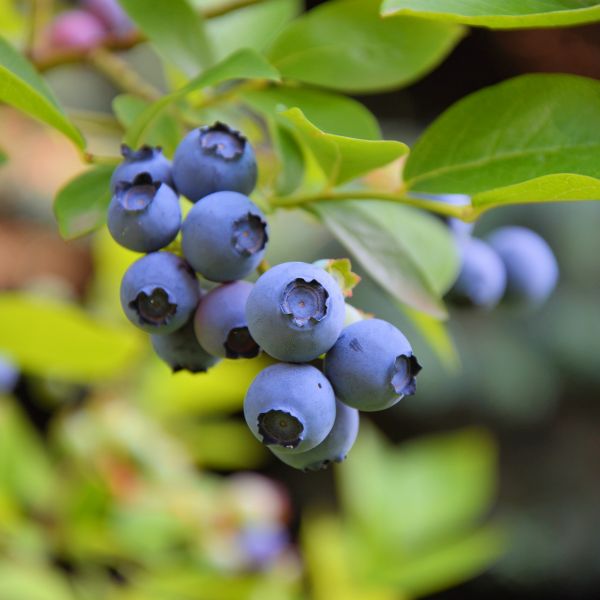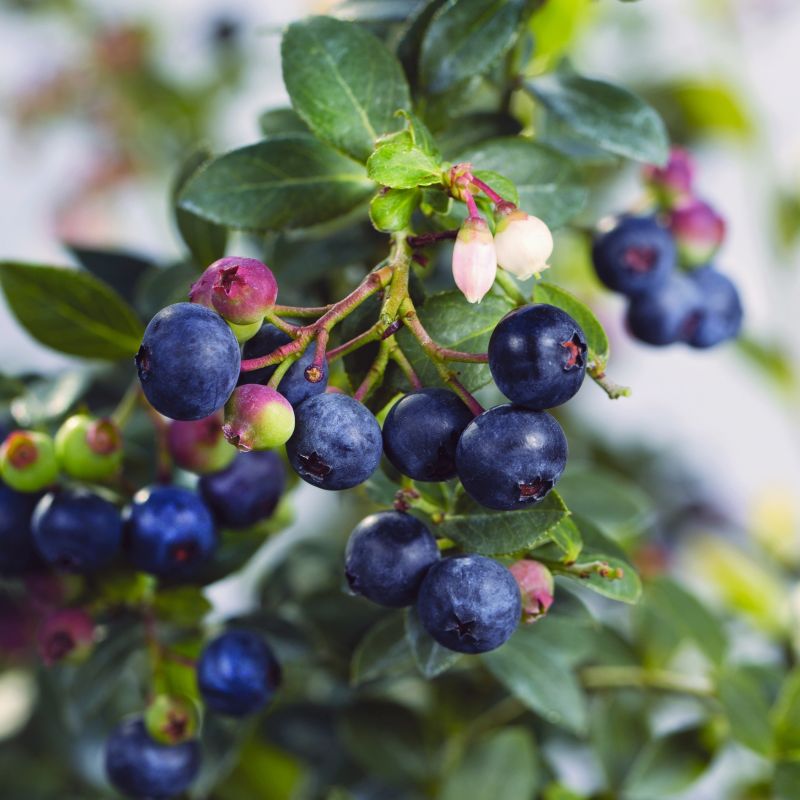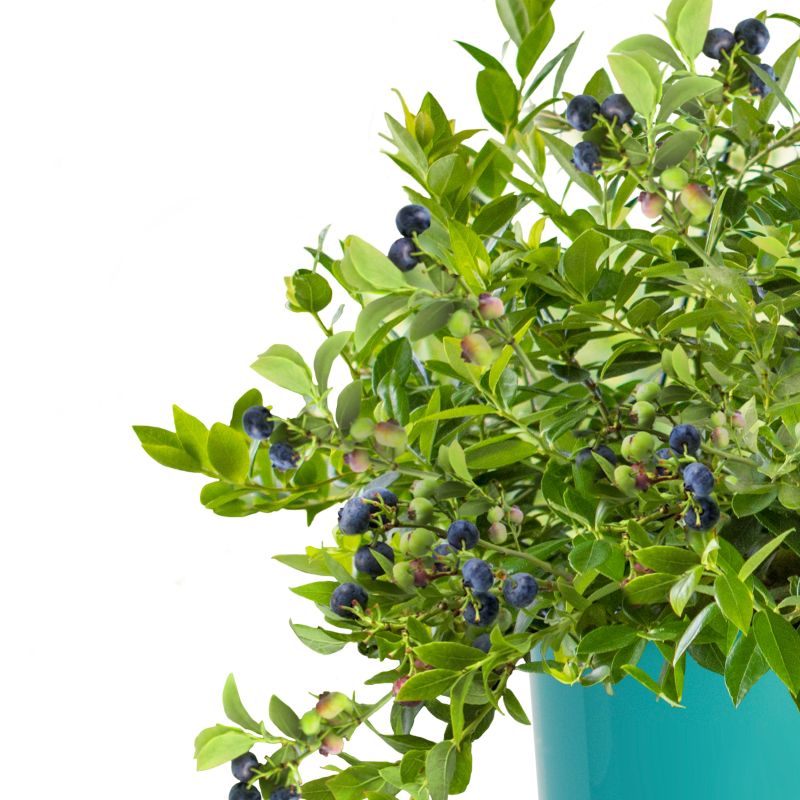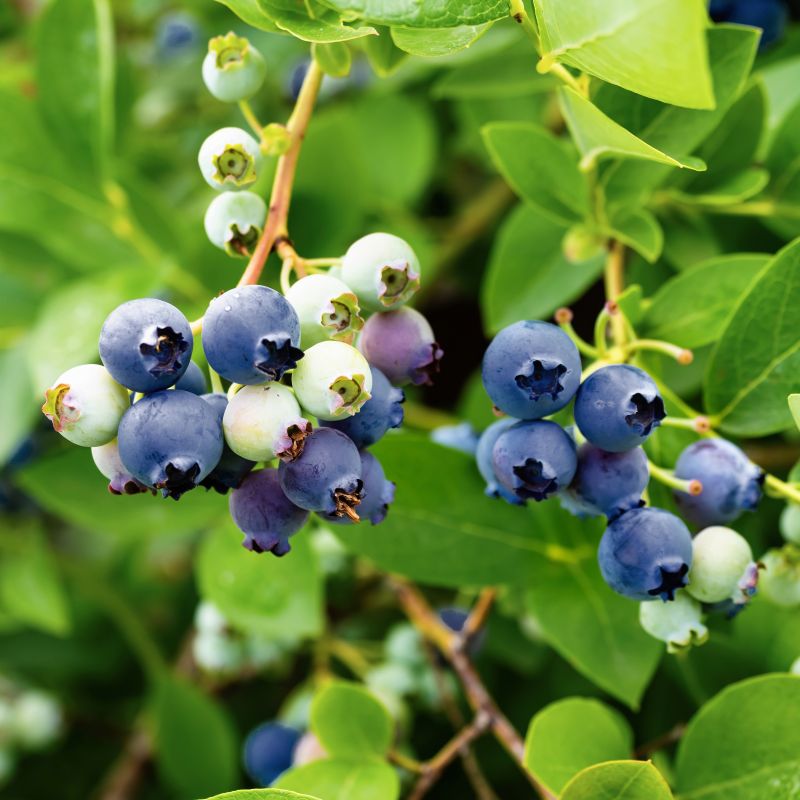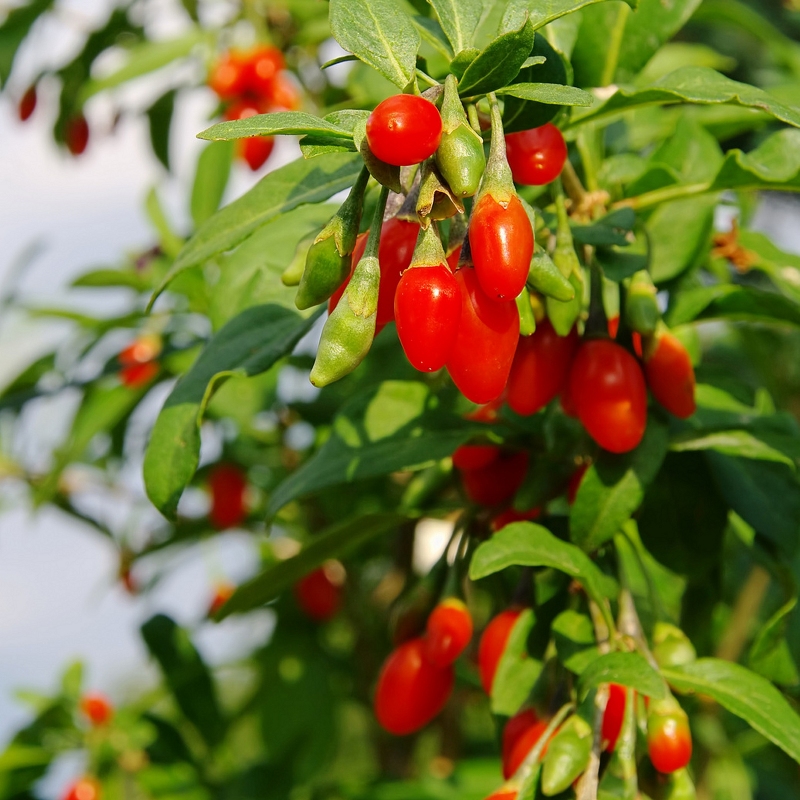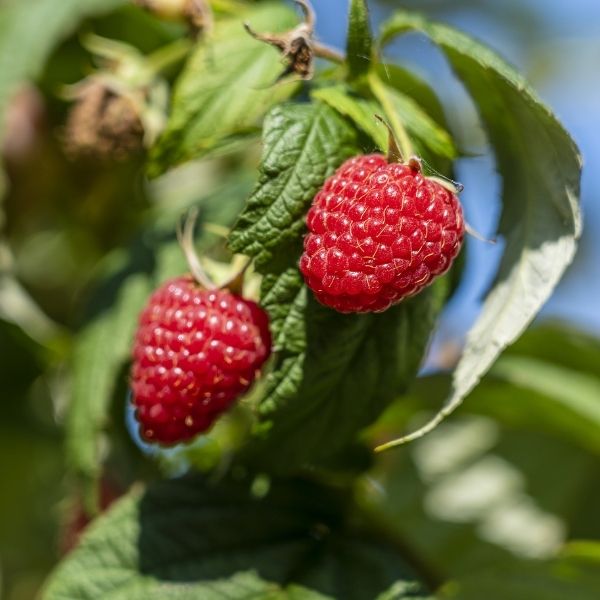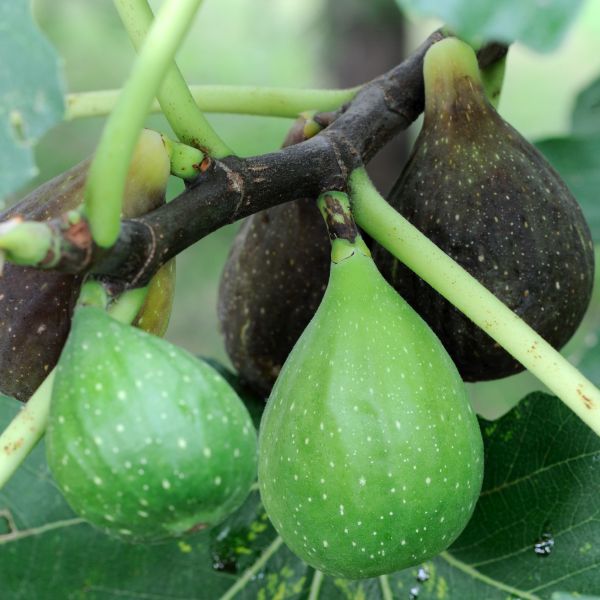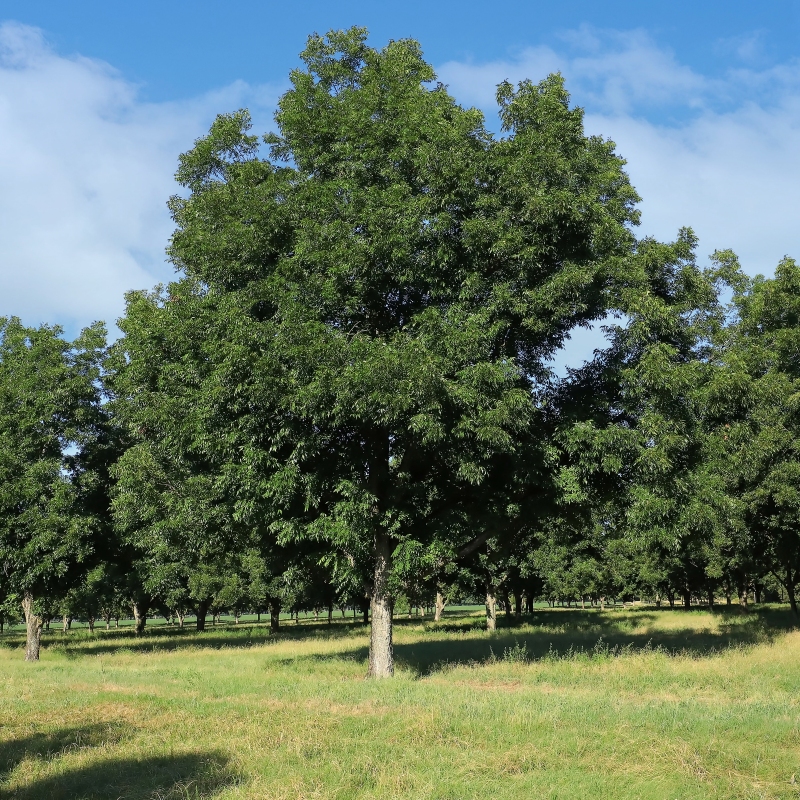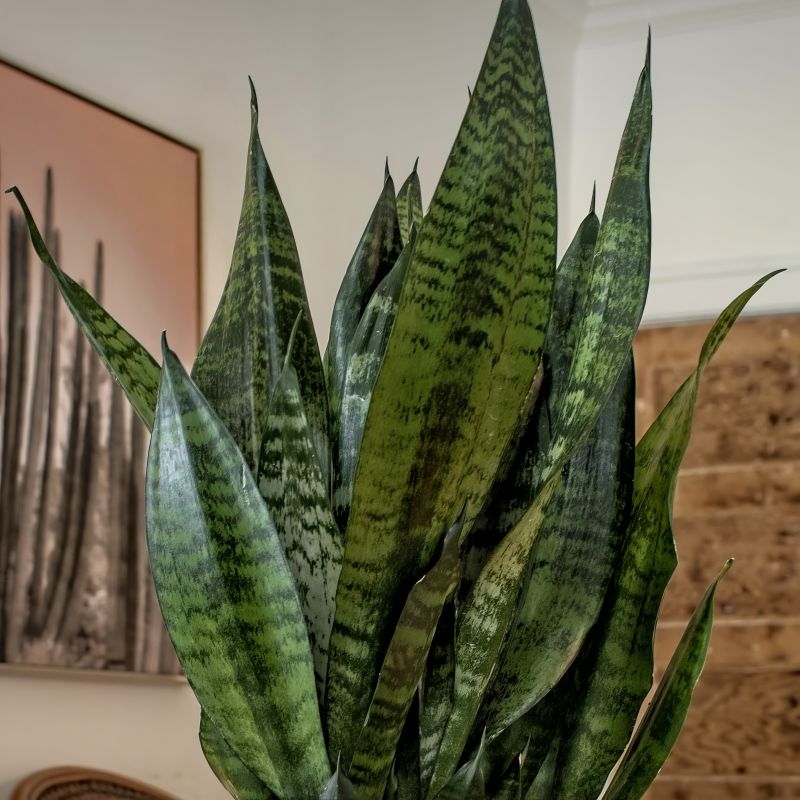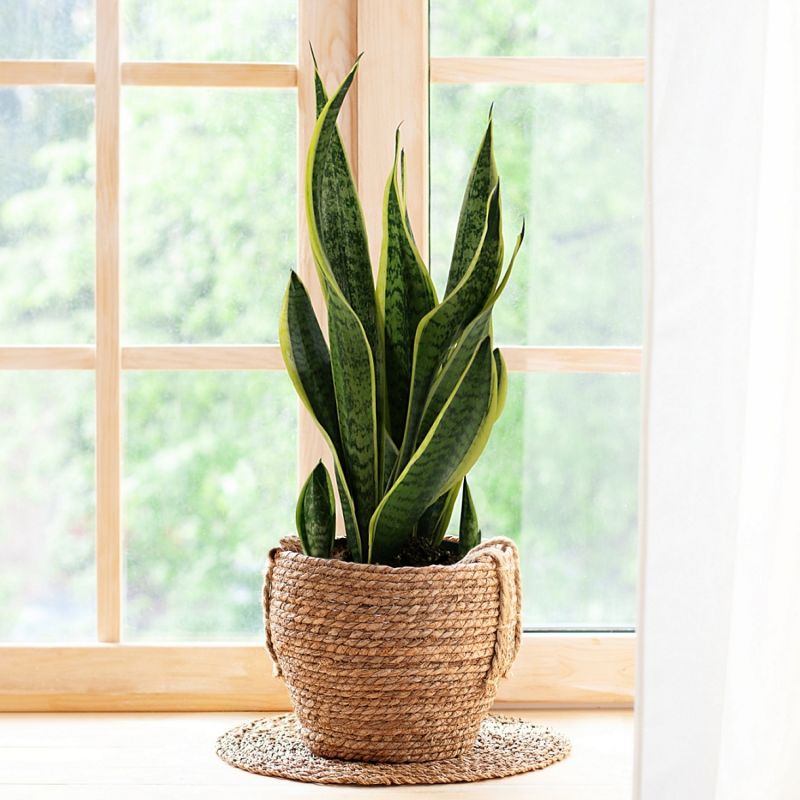

Hinnomaki Red Gooseberry
Ribes 'Hinnomaki Red'
2 reviews


Hinnomaki Red Gooseberry
Ribes 'Hinnomaki Red'
2 reviews
$79.00
$113.00
30% Off
1 Gallon
We are sorry, product is currently out of stock due to seasonal availability. Please check the "Related plants available in your area" section below
Why Hinnomaki Red Gooseberry?
Hinnomaki Red Gooseberry is a popular variety of red gooseberry plant that produces large, juicy, and flavorful fruits. It is a vigorous and disease-resistant shrub that grows up to 5 feet tall and wide. The plant is prized by gardeners and farmers for its attractive foliage, abundant harvest, and adaptability to different growing conditions. Hinnomaki Red Gooseberries are great for fresh eating, baking, and canning, making them a versatile addition to any garden or orchard.
Related plants available in your area
Sunlight
Hinnomaki Red Gooseberries require full sun exposure to thrive.
Watering
Hinnomaki Red Gooseberry typically requires regular watering, with a preference for evenly moist soil. It is important to provide enough water to keep the soil consistently damp, especially during hot and dry periods.
Fertilizing
The fertilizer requirement for Hinnomaki Red Gooseberry may vary depending on soil conditions and fertility. It is recommended to use a balanced fertilizer with equal amounts of nitrogen, phosphorus, and potassium or a slow-release organic fertilizer for o
Hinnomaki Red Gooseberry, known also by the scientific name Ribes uva-crispa ‘Hinnonmäki Röd’, is a variety of gooseberry plants, noted for its seasonal interest and unique flavor and high yields of its fruit.
The medium-sized, deciduous shrub has vigorous upright growth habit, remarkable among other bare root plants. It grows up to 2-5 feet tall as a max length with a slightly wider spread. In spring, it flowers with beautiful blooms that are followed with large, red fruit.
Those gooseberry plants bear fruit that has sweet flesh with a tart skin, perfect for fresh eating, jams, and desserts. It begins fruiting the year after planting.
The plant is cold-hardy to growing zones 4-8 and is generally easy to maintain. It should be planted in well-drained soil with medium moisture.
It prefers full sun but appreciates some shade in hot summer areas. Otherwise, it would only need some protection against strong winds and frost pockets. It's famously mildew-resistant.
Regular pruning and spraying are advisable.
Overall, the Hinnomaki Red Gooseberry is a beautiful shrub that requires little care and yet provides a bountiful harvest. Order yours from Shrubhub today to start enjoying this plant.
Plant Information:
| Botanical Name: | Ribes 'Hinnomaki Red' |
| USDA Zones: | 4-6 |
| Water: | Moderate |
| Exposure: | Full Sun |
| Soil Needs: | Well-Drained |
| Mature Height: | 3 - 5 feet |
| Mature Spread: | 3 - 5 feet |

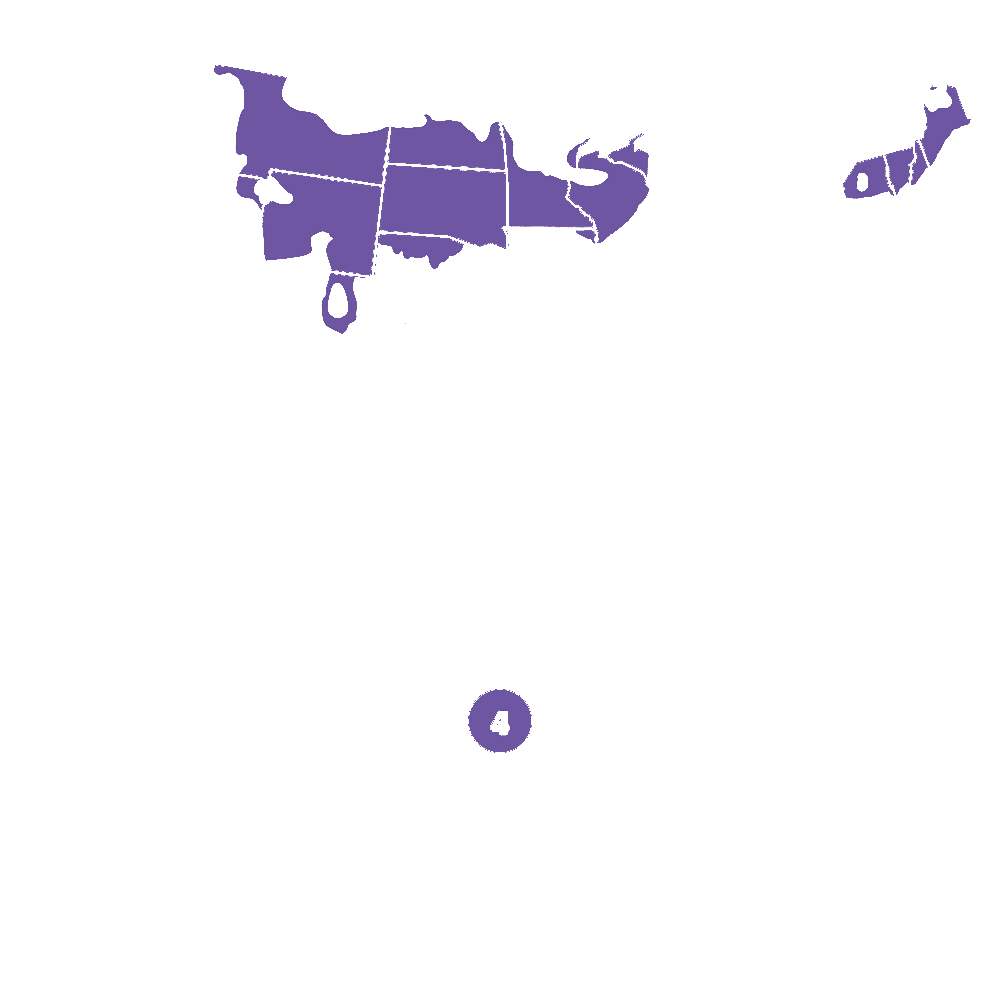
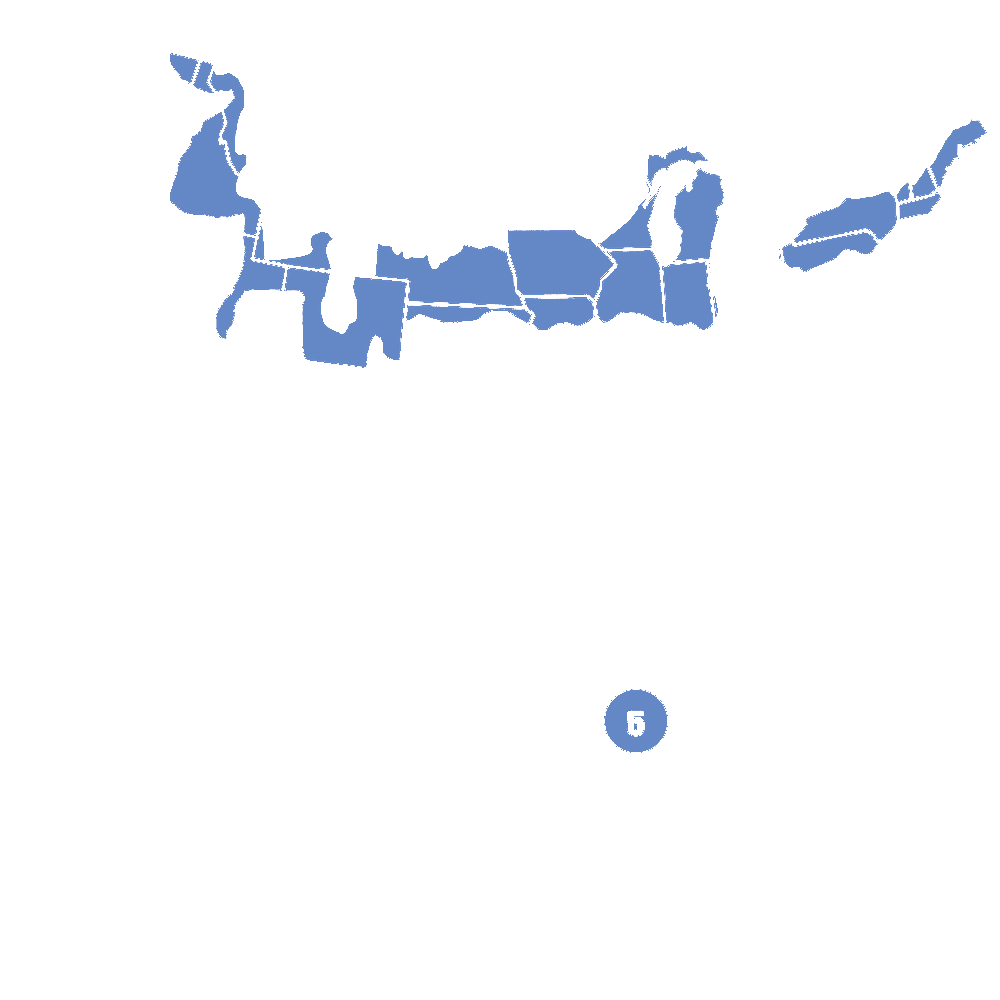
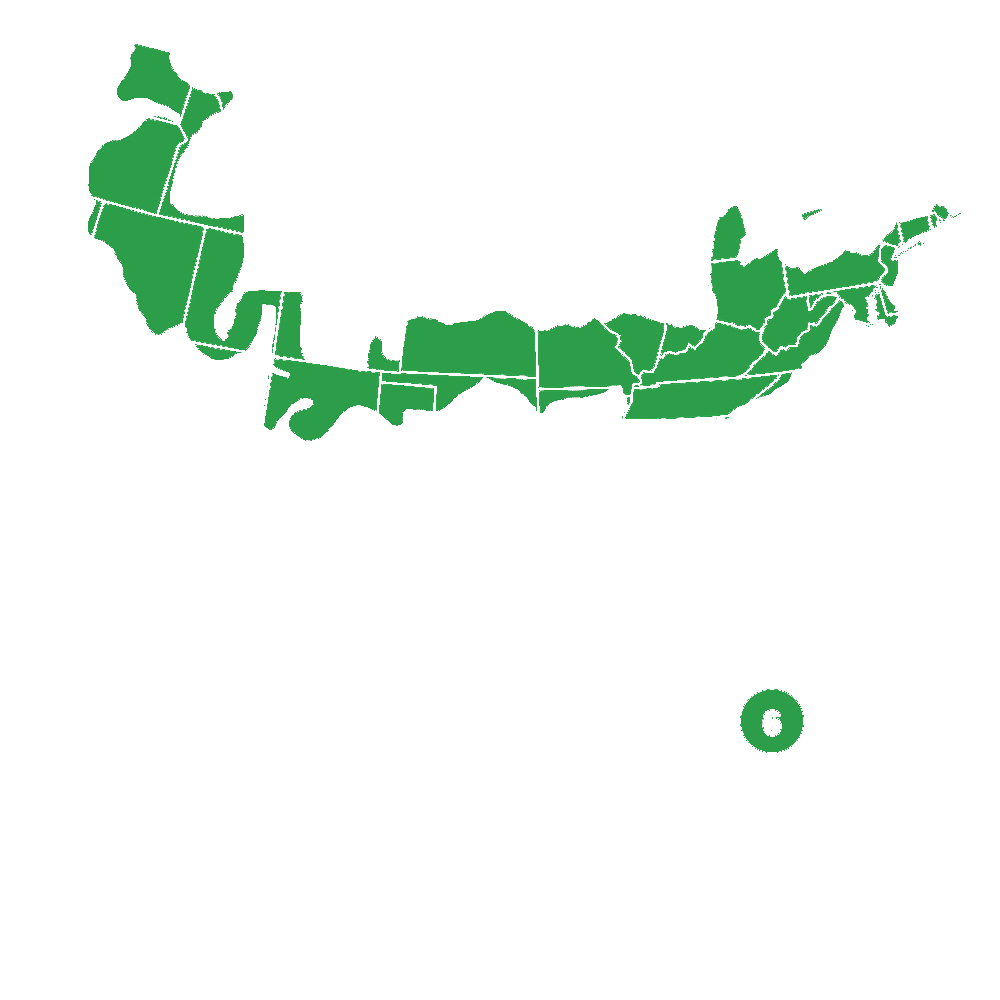
Pollination Info
Pollination info for Hinnomaki Red Gooseberry (Ribes 'Hinnomaki Red')
Hinnomaki Red Gooseberry (Ribes 'Hinnomaki Red') is a self-fertile variety that can produce fruit without cross-pollination.
However, having another gooseberry plant nearby can increase the yield and size of the fruit. This is because cross-pollination can lead to a higher chance of successful fertilization and fruit development.
Pollinators like bees, butterflies, and hummingbirds can also aid in the pollination process. It is important to make sure that pesticides are not used during the blooming period, as they can harm the pollinators.
For best results, plant Hinnomaki Red Gooseberry alongside other gooseberry varieties or other compatible fruit trees and shrubs to promote cross-pollination.
FAQ
Hinnomaki Red Gooseberry - FAQ
What is a Hinnomaki Red Gooseberry?
The Hinnomaki Red Gooseberry is a deciduous shrub that produces small, sweet, and juicy red berries. It is part of the Ribes genus and is a hybrid between the Finnish Ribes uva-crispa 'Hinnonmäki' and the American Ribes speciosum.
How big does a Hinnomaki Red Gooseberry grow?
The Hinnomaki Red Gooseberry is a compact shrub that grows up to 3-4 feet in height and spread. It is a slow-growing plant that can take several years to reach its maximum size.
What are the growing requirements for a Hinnomaki Red Gooseberry?
The Hinnomaki Red Gooseberry prefers full sun to partial shade and well-drained soil that is rich in organic matter. It requires regular watering, especially during the growing season, and benefits from a layer of mulch to conserve moisture and suppress weeds. It also benefits from pruning to maintain its shape and promote healthy growth.
When does a Hinnomaki Red Gooseberry produce fruit?
The Hinnomaki Red Gooseberry typically produces fruit in late spring to early summer, depending on the climate and growing conditions. The berries ripen to a bright red color and can be harvested when they are plump and juicy. The plant continues to produce fruit for several weeks, but the harvest can be extended by picking the berries as they ripen.
What are some tips for growing a Hinnomaki Red Gooseberry?
- Plant the shrub in a location that gets full sun to partial shade and has well-drained soil.
- Water the plant regularly, especially during the growing season.
- Apply a layer of mulch to conserve moisture and suppress weeds.
- Prune the plant to maintain its shape and promote healthy growth.
- Pick the berries as they ripen to extend the harvest period.
- Protect the plant from pests and diseases by practicing good garden hygiene and using appropriate treatments.
Can a Hinnomaki Red Gooseberry be grown in a container?
Yes, a Hinnomaki Red Gooseberry can be grown in a container as long as it is large enough to accommodate the root system and provide adequate drainage. Choose a container that is at least 12-18 inches in diameter and use a high-quality potting mix. Water the plant regularly and fertilize it with a balanced, slow-release fertilizer according to the manufacturer's instructions. Prune the plant to maintain its shape and promote healthy growth.
What are some common problems that affect Hinnomaki Red Gooseberries?
The Hinnomaki Red Gooseberry is susceptible to a range of pests and diseases, including aphids, spider mites, powdery mildew, and botrytis blight. To prevent these problems, practice good garden hygiene by removing fallen leaves and debris, and avoid overhead watering. If an infestation or infection occurs, treat the plant with appropriate treatments, such as insecticidal soap or fungicide, according to the label instructions.
Planting & Care
Planting & Care for Hinnomaki Red Gooseberry
Planting Instructions:
- Choose a location with full to partial sun and well-drained soil.
- Dig a hole that is twice the width and depth of the plant's container.
- Remove the plant from its container and gently loosen the roots.
- Place the plant in the hole and backfill with soil, pressing firmly around the base of the plant.
- Water the plant thoroughly.
- Space plants 3-4 feet apart.
Care Instructions:
- Water regularly, keeping soil moist but not waterlogged.
- Fertilize in early spring with a balanced fertilizer.
- Prune in late winter or early spring to maintain shape and encourage fruit production.
- Protect the plant from birds and other pests that may eat the fruit.
- Harvest fruit when it is plump and fully colored.
Additional Tips:
- Plant multiple gooseberry cultivars for cross-pollination and higher fruit yield.
- Remove any dead or diseased branches immediately to prevent the spread of disease.
- For best fruit production, thin out excess branches and prune to allow for good air circulation.
Check Out These Verified Customer Reviews:
Customer Reviews
4.5 out of 5 based on 2 reviews
Thank you! Your review has been submitted.
The Hinnomaki Red Gooseberry plant arrived well-packaged and in excellent condition. The berries were plump and flavorful. Overall, a great purchase!
I was pleasantly surprised by the fast shipping of my Hinnomaki Red Gooseberry plant. The plant itself looked healthy and vibrant. Very satisfied with my purchase.
Item has been added to your cart.




